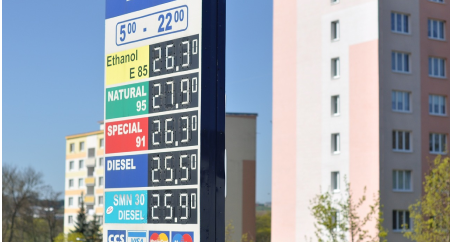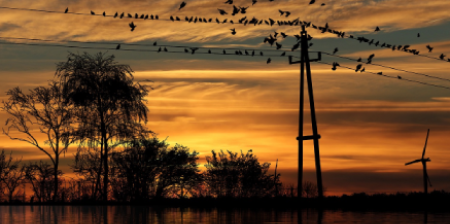

Radiant Horizons: Wood Mackenzie Illuminates the Path for Western Europe’s PV Triumph
In a transformative projection by renowned research firm Wood Mackenzie, the future of photovoltaic (PV) systems in Western Europe takes center stage. The forecast indicates that over the next decade, the installed capacity of PV systems in Western Europe will soar to an impressive 46% of the entire European continent’s total. This surge is not just a statistical marvel but a testament to the region’s pivotal role in reducing dependence on imported natural gas and spearheading the imperative journey towards decarbonization.

Accelerating Towards a Green Horizon: IEA’s Vision for 2030
In a groundbreaking revelation, the International Energy Agency (IEA) has unleashed its vision for the future of global transportation. According to the recently released ‘World Energy Outlook’ report, the number of electric vehicles (EVs) navigating the world’s roads is poised to surge nearly tenfold by the year 2030. This monumental shift is expected to be driven by a combination of evolving government policies and a growing commitment to clean energy across major markets.

Unlocking the Potential: A Deep Dive into the European PV Inventory Situation
The European solar industry has been buzzing with anticipation and concerns over the reported 80GW of unsold photovoltaic (PV) modules currently stockpiled in warehouses across the continent. This revelation, detailed in a recent research report by Norwegian consulting firm Rystad, has sparked a range of reactions within the industry. In this article, we will dissect the findings, explore industry responses, and contemplate the potential impact on the European solar landscape.

Brazil’s Fourth Largest Hydroelectric Plant Shuts Down Amid Drought Crisis
Brazil is facing a severe energy crisis as the country’s fourth largest hydroelectric plant, Santo Antônio hydroelectric plant, has been forced to shut down due to a prolonged drought. This unprecedented situation has raised concerns about the stability of Brazil’s energy supply and the need for alternative solutions to meet the growing demand.

India and Brazil show interest in building lithium battery plant in Bolivia
India and Brazil are reportedly interested in building a lithium battery plant in Bolivia, a country that holds the world’s largest reserves of the metal. The two countries are exploring the possibility of setting up the plant to secure a steady supply of lithium, which is a key component in electric vehicle batteries.

EU Shifts Focus to U.S. LNG as Russian Gas Purchases Decrease
In recent years, the European Union has been working to diversify its energy sources and decrease its reliance on Russian gas. This shift in strategy has been driven by a number of factors, including concerns over geopolitical tensions and a desire to reduce carbon emissions. As part of this effort, the EU is increasingly turning to the United States for liquefied natural gas (LNG).

China’s Renewable Energy Generation Set to Soar to 2.7 Trillion Kilowatt Hours by 2022
China has long been known as a major consumer of fossil fuels, but in recent years, the country has made significant strides towards increasing its use of renewable energy. In 2020, China was the world’s largest producer of wind and solar power, and it is now on track to generate an impressive 2.7 trillion kilowatt hours of electricity from renewable sources by 2022.

Drivers in Colombia Rally Against Soaring Gas Prices
In recent weeks, drivers in Colombia have taken to the streets to protest against the rising cost of gasoline. The demonstrations, which have been organized by various groups across the country, have brought attention to the challenges that many Colombians are facing as they try to cope with the high cost of fuel.

Germany’s Gas Prices Set to Remain High Until 2027: What You Need to Know
Germany is one of the largest consumers of natural gas in Europe, with the fuel accounting for around a quarter of the country’s energy consumption. However, the country is currently facing a gas price crisis, with prices set to remain high until 2027. In this blog, we’ll explore the factors behind this trend and what it means for consumers and businesses.

Unplugged Unraveling the Controversy and Crisis of Brazil’s Electric Utility Privatization and Power Shortage
Brazil has recently found itself in the grip of a challenging energy crisis. In this comprehensive blog, we delve deep into the heart of this complex situation, dissecting the causes, consequences, and potential solutions that could guide Brazil toward a brighter energy future.
